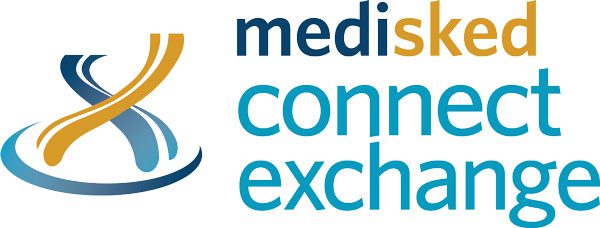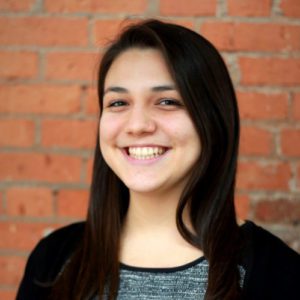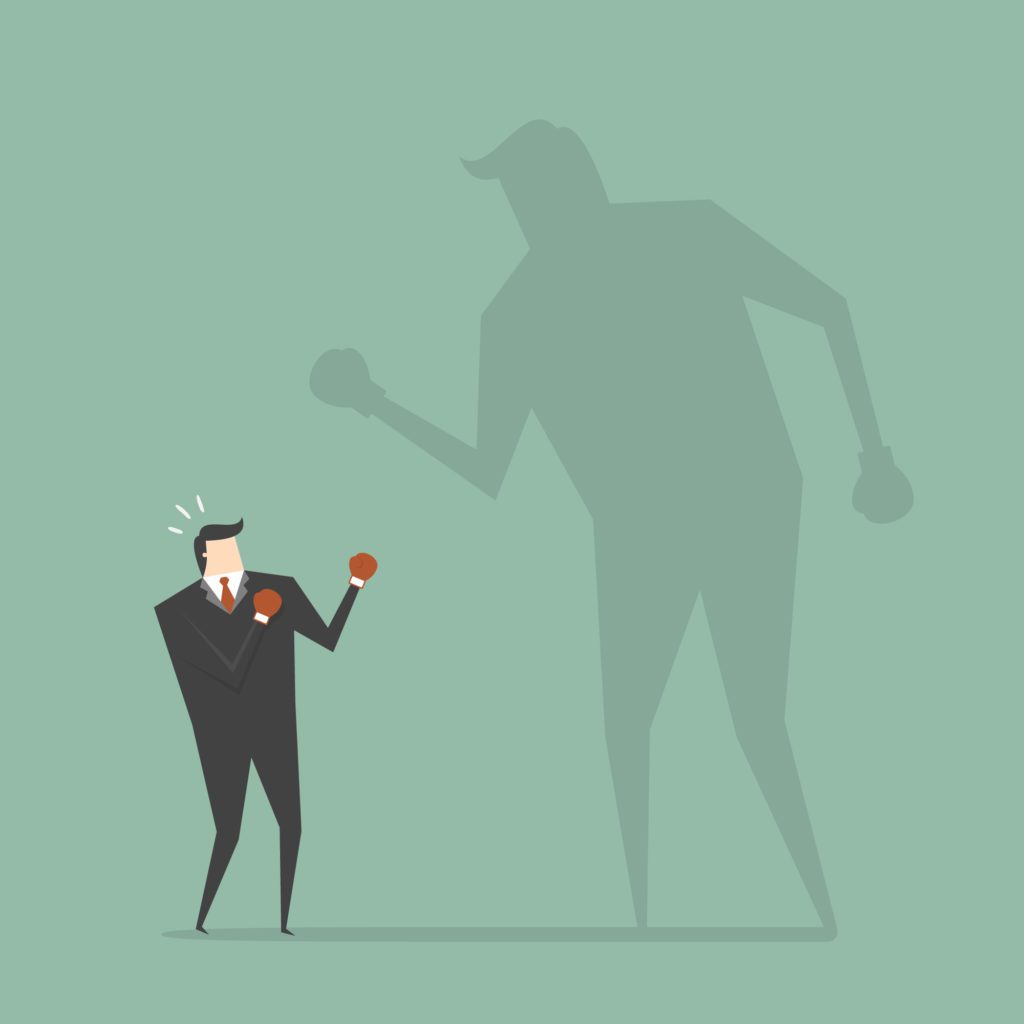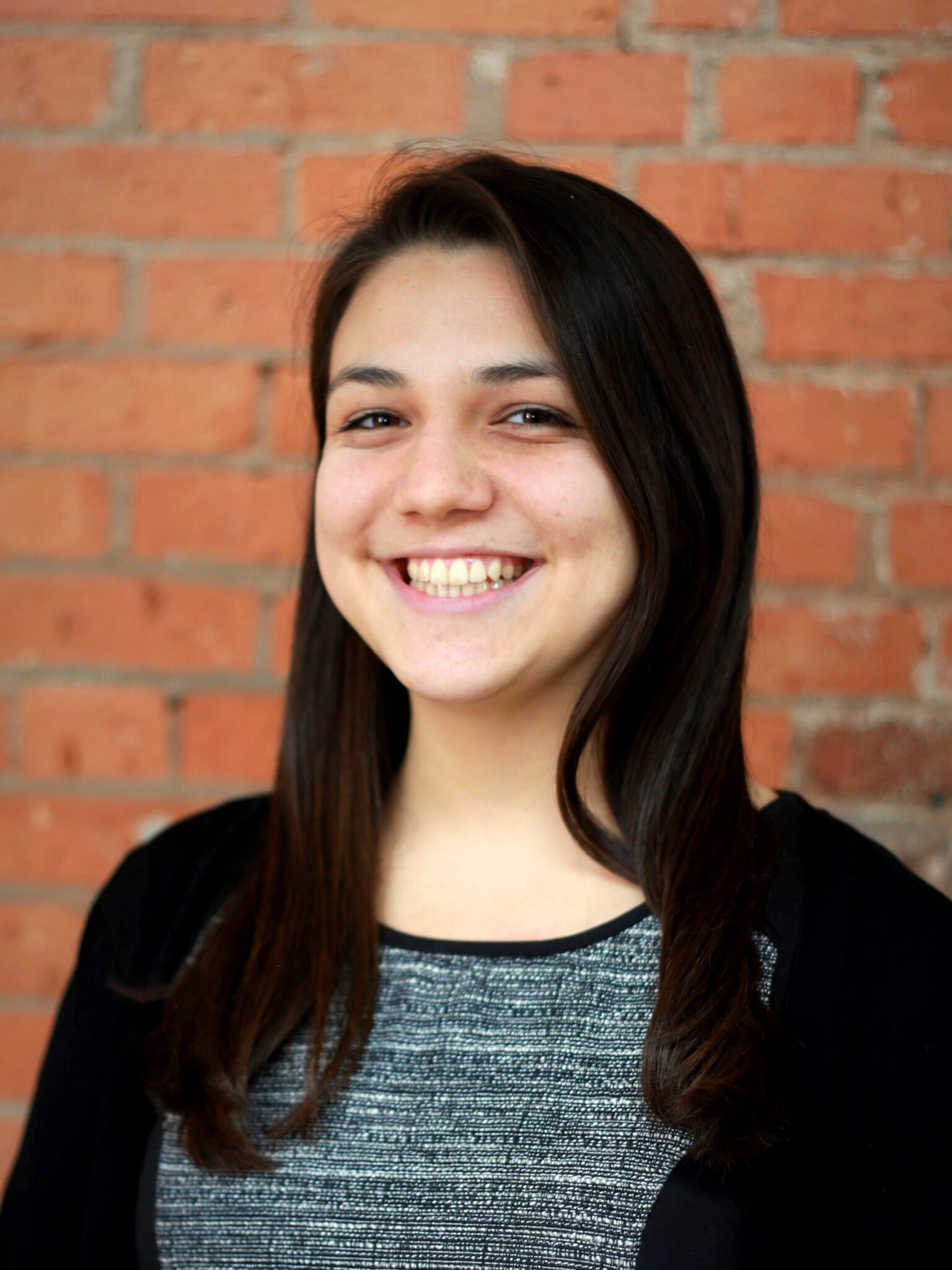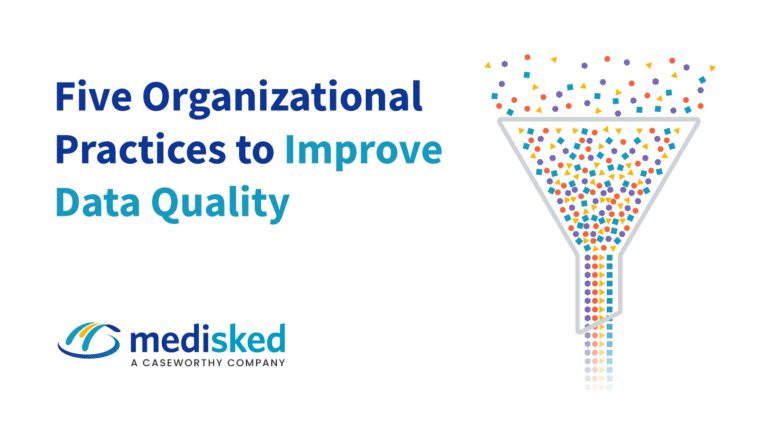Last night I attended a talk by Mohammed Saad, an accomplished app creator, photographer, and social activist from Saudi Arabia who is blind. The turning point in Saad’s life was when he got fed up with people, especially family members, limiting him because of his disability. Saad created an Arabic app for the iPhone, MANHAL, that offers audio lessons on a range of topics for the blind. He also created Sightful Fingertips, an audio station where he manages sound engineering and music audio mixing. Among his other talents, Saad teaches courses to other blind individuals on cooking, photography, sound editing, and mastering accessible technology through the iPad and iPhone. Saad commands a large global following on Twitter which he uses to dispel negative stereotypes about people with disabilities, connect with people throughout the world, and even teach some of his courses.

During the talk Saad demonstrated different types of assistive technology he uses. To take pictures, Saad uses audio cues to focus on his subject. He called up a volunteer from the audience, took his picture, and showed us the technology on his iPhone that allowed him to post to his followers on Twitter. Saad also demonstrated how to use a braille label maker which he uses to tag his DVDs and CDs.
As an advocate for the blind community, Saad has worked with app companies to develop more accessible technology. Many apps feature prominent graphics that are identifiable without explanation using words to people with sight. Saad works with these companies to develop language to explain the graphics so that voiceover technology can be used. He shared a story about having trouble using the Dominoes App to order a pizza. The app continually failed so Saad contacted Dominoes and worked with them to update the accessibility features to work with voiceover – because everyone should be able to order a pizza when the craving arises! Saad also worked with BlindSquare, a GPS app for the blind and visually impaired, to create the Arabic translation for voiceover.
The theme that resonated most with me is how many people underestimated Saad’s capabilities and continue to misjudge the abilities of people with visual impairments. Once Saad was able to say “what is important to me and what do I want to be doing,” his life changed dramatically. He was no longer inhibited by what others thought he could, his life became truly person-centered and with it he has been able to inspire thousands of people around the world to live their lives the way they want.


